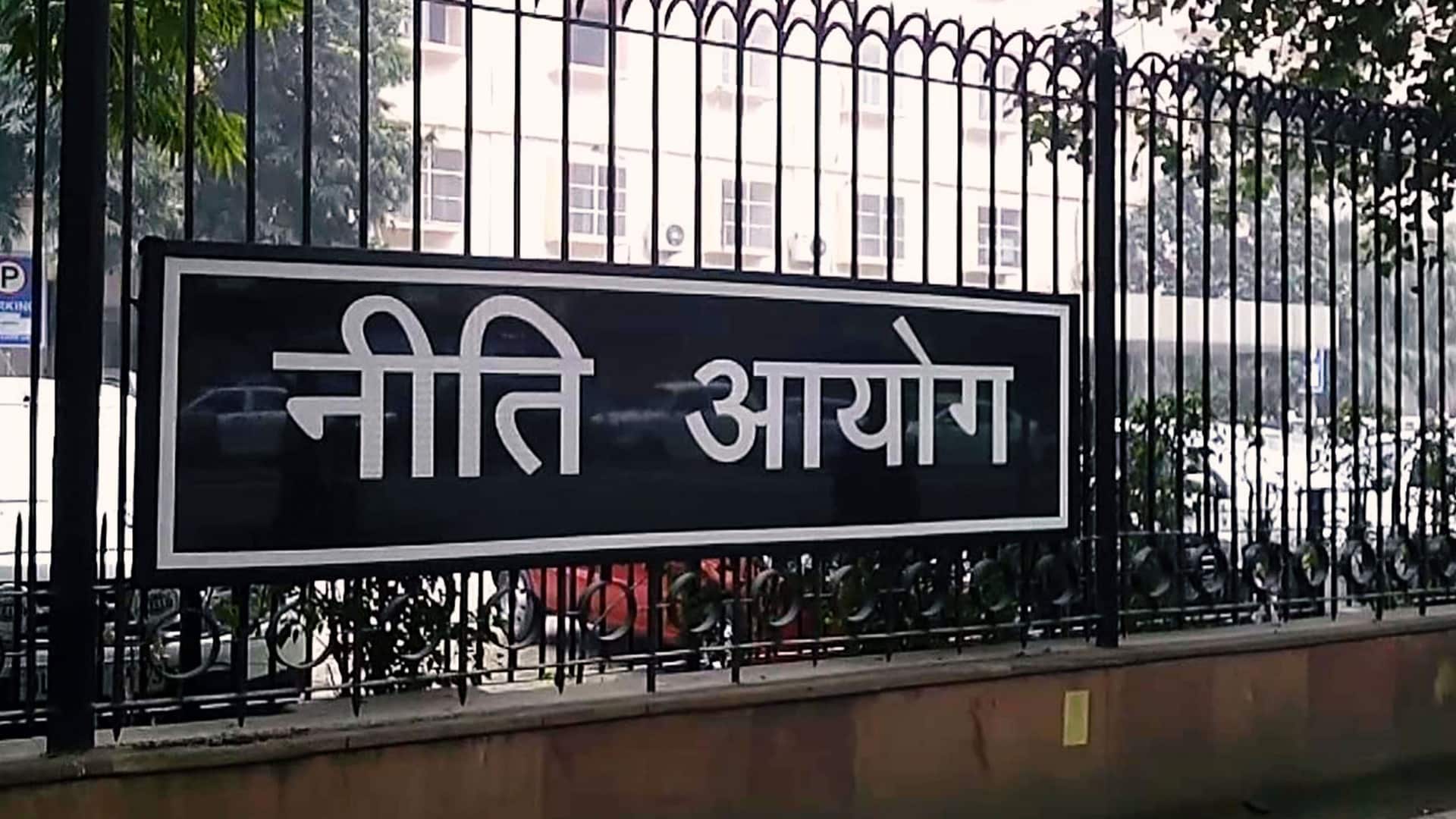Niti Aayog has suggested policy measures to the food ministry that envisages various scenarios to ensure supply of subsidised foodgrains to the needy without “pinching” the union government’s fiscal resources, according to a senior official. The scenarios, that have been constructed keeping in mind the National Food Security Act, 2013, have been made after the ministry had sought the advice of Niti Aayog amid increasing demand for subsidised foodgrains in certain states in view of rising population.
“The food ministry told us that states are asking to enhance the allocation of foodgrains because the population has increased in all the states. “…the concern the ministry raised was that the food subsidy is rising at a very rapid rate. So, what kind of policy measure we should think (about), so that this food subsidy bill remains affordable. It does not become pinching on our fiscal resources,” Niti Aayog Member (Agriculture) Ramesh Chand told PTI. He, however, added that the Food Ministry did not say that it wants to reduce the coverage of subsidised foodgrains under the National Food Security Act 2013. NFSA, passed in 2013, provides for the supply of subsidised foodgrains through ration shops to up to 75 per cent of the rural population and up to 50 per cent of the urban population, which as per Census 2011, comes to a maximum of 81.35 crore persons.
At present, NFSA is operational in a seamless manner in all states and Union Territories, with an intended coverage of 81.35 crore persons across the country. Overall, NFSA caters to 67 per cent of the total population. “So, Niti Aayog as a think tank just constructed different scenarios… Ok, one scenario is you continue with 2/3 (subsidised foodgrains to 67 per cent population). “If you feel that between 2013 and now 2021, per capita income of people has increased by 40-50 per cent, then obviously the economic condition of many people have improved. So, we just looked at it from that angle,” Chand noted. Coverage under the Act is provided under two categories — Antyodaya Anna Yojana (AAY) households to the extent specified by the central government and the remaining households as Priority Households. The AAY households are entitled to 35 kg of foodgrains per household per month, while Priority Households are entitled to 5 kg of foodgrains per person per month at Rs 1-3 per kg through ration shops.
According to the Niti Aayog member, the second scenario is that, if it (coverage of people under NFSA) is brought down, then what will be its implication. “So, it was an exercise done like that. Not that we made any recommendation,” Chand asserted. He said that even in the meeting, the Chief Economic Adviser (CEA) Arvind Subramanian had suggested that whatever scenario the Niti Aayog is proposing, the Aayog should also give a rationale that why this scenario should be adopted. “The CEA said if this scenario, which you are building… please give a strong argument that what should be the rationale, what should be the norm which we did not touch as yet. We may touch it in future,” Chand explained. According to the latest government data, food subsidy rose sharply to Rs 4,22,618.14 crore in the RE of 2020-21 from Rs 1,15,569.68 crore in the BE. For the next fiscal, food subsidy is estimated at Rs 2,42,836 crore.
The Niti Aayog Member pointed out that if one has to link coverage of population under NFSA to poverty, major changes will be required based on what is the current state of poverty. Asked to comment on the Economic Survey 2021 suggestion that the government should increase the selling price of foodgrains provided through ration shops, Chand said that between 2013 and 2021, minimum support prices (MSP) on several crops have increased, even doubled in some cases. “You know that the value of Rs 2 is not the same as what it was in 2013. In 8 years, what was Rs 2 has become Rs 5 or Rs 6. “… when we have adequate data by states on the required parameter and some sort of data like Socio Economic Caste Census (SECC) which is updated then from our side we will give final touches to this exercise,” he opined. Foodgrains via ration shops are supplied at highly subsidised rates of Rs 3 per kg for rice, Rs 2 per kg for wheat and Rs 1 per kg for coarse grains through Public Distribution System (PDS) as per NFSA. “While it is difficult to reduce the economic cost of food management in view of rising commitment towards food security, there is a need to consider the revision of central issue price (CIP) to reduce the bulging food subsidy bill,” the survey had said. Wheat and rice prices have not been revised since the introduction of the Act in 2013, although the economic cost has increased every year.


